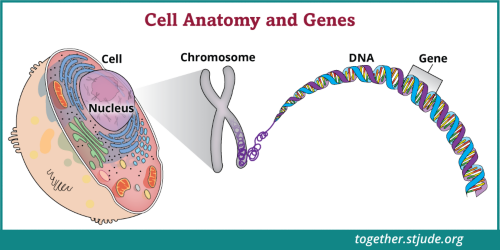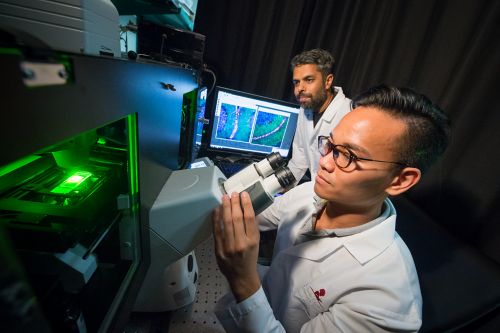Cancer is not only a disease of adults; it also occurs in infants, children, and teens. Whereas cancer in adults is relatively common, childhood cancer is a rare disease. About 15,000 children are diagnosed with pediatric cancer each year in the United States.
The most common childhood cancers include leukemia, lymphoma, and brain tumors. However, there are over 100 different types of cancers that occur in children.
Survival rates for children with cancer
Over the last 50 years, many advances have been made in the treatment of childhood cancer. Currently, in the United States, over 80% of children with cancer become long-term survivors, up from 10% in the 1950’s.
Although the cure rate for some cancers is very high, other cancers still have a poor prognosis. Survival rates can vary widely depending on the type of cancer.
In 1961, President Kennedy promised to land an astronaut on the moon, and less than nine years later the mission was accomplished. Inspired by this, in 1971, President Nixon signed the National Cancer Act to declare “War on Cancer.” However, despite much progress and improving cure rates, that goal to conquer cancer has yet to be achieved.
If we can land a person on the moon in nine years, why has the war against cancer been so hard? To put it simply, curing cancer turns out to be much harder than landing on the moon.
For the moonshot, all of the laws of physics were known. Achieving the moonshot was an engineering problem, though a difficult one. In contrast, cancer is a disease of the genes in our cells. Each of our cells contains over 20,000 genes that interact in complex ways that we are only beginning to understand. Mutations in just a few genes in this thousands-of-genes network lead to a variety of complicated effects within the cell. Further complexity comes because cancer is a disease with many types. Even cancers that begin in the same tissue can be very different. And the gene mutations vary between people, so no two cancers are exactly the same.
Types of cancer research
Discoveries that advance cancer care and cure are possible because of scientific research. Types of cancer research include:
- Basic Research – focuses on underlying principles of cancer, studying how genes normally work and how cancer-causing mutations cause excess growth.
- Translational Research – explores how research discoveries can be used (‘translated’) to develop new and better treatments for cancer.
- Clinical Research – brings new treatments, or new devices or procedures, to patients.
- Population Research – uses large groups of people to learn about cancer rates, risk factors, medical care, and other factors important in understanding cancer
The field of pediatric cancer research brings together all of these types of research. The overarching goal is to develop more effective treatments, and treatments that have less side effects.
Learn More About Clinical Trials
The future of pediatric cancer research
Pediatric cancer is a key area of the national Cancer Moonshot initiative. The 21st Century Cures Act passed by Congress in December 2016 authorized $1.8 billion in funding for the Cancer Moonshot over 7 years.
Much of the current treatment research is focused on targeting specific features of cancer cells. Gene mutations in cancer cells provide opportunities for new medicines called targeted therapy. Targeted therapies are medicines which act on cellular proteins, receptors, and other features that are specific to the cancer cell. Immunotherapy is another promising area of cancer treatment. These treatments use the body’s immune system to fight cancer by triggering an immune response or retraining the immune system to attack cancer cells. Ongoing clinical trials are also exploring how to match patients to therapies to treat the cancer and lower the risk of recurrence while also reducing side effects and late effects.
As more childhood cancer survivors go on to live long lives, supporting quality of life and improving long-term care are becoming increasingly important. There is also a need to increase access to high-quality medical care for all children around the world. With better therapies and greater access to care, more children will become survivors of pediatric cancer.


